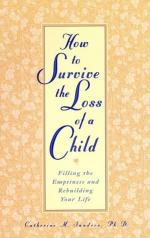|
This section contains 6,891 words (approx. 23 pages at 300 words per page) |

|
SOURCE: "The Self-Annihilating Artists of 'Pale Fire'," in Twentieth Century Literature, Vol. 31, No. 4, Winter, 1985, pp. 421-37.
In the following essay, Galef equates Kinbote's retreat from reality and ultimate suicide in Vladimir Nabokov's Pale Fire with the creation of his distorted and self-reflexive work of art.
The self-reflexive quality of Nabokov's Pale Fire, a fictional creation governed by its fictional creator, applies not only to the structure but also to the characters. As a group, they are self-referential, appearing as shadows, twins, and inverted images of one another. Though one may assign a central position to Kinbote as the author or manipulator, the source of his art remains in question. Critical suggestions for tracing the real Kinbote are numerous: Kinbote as a merging of Shade's artistic vision and Gradus' urge toward destruction; Kinbote as Shade's aggrandizer, with Gradus as foreshadowed doom.1 In the scholarly scuffle, not enough attention has...
|
This section contains 6,891 words (approx. 23 pages at 300 words per page) |

|


